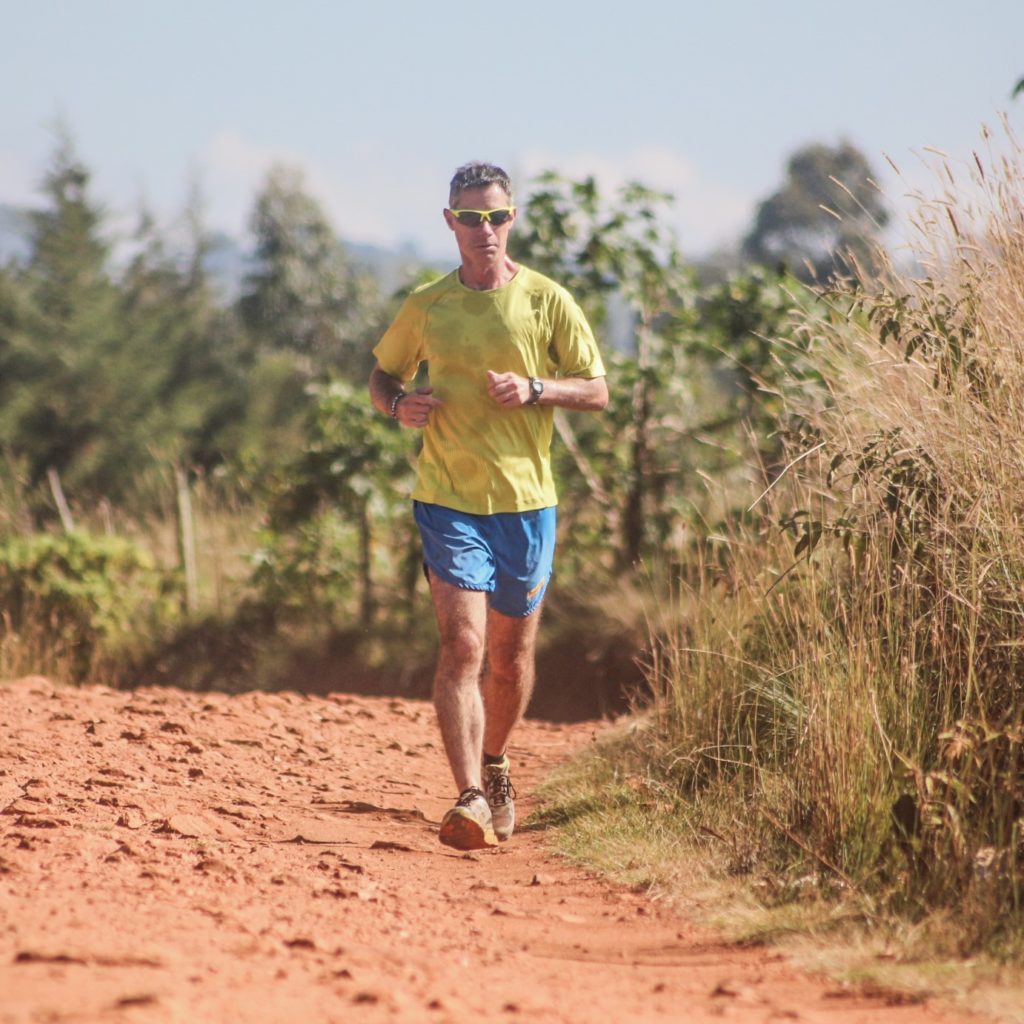Inscribed on the off-white parchment of my PhD diploma is the vague term, “Human Performance.” When people ask me about the degree, I tell them it is in exercise physiology, since that was the specific subject I studied. Saying that I did a PhD in human performance would likely cause some confused looks, which would require that I clarify. And to do that, I would first need to come up with a clarification of human performance for myself.
While working on the degree, I was asked to write a research paper on evolution and the limits of human athletic performance. I wrote about such things as natural selection, genetic drift and gene flow, divergence of character, metabolic capacity, body mass, the quantities of useful muscular force and mechanical power that can be generated and sustained, and an esoteric anatomical theory called symmorphosis.
Symmorphosis proposes that an organism’s structural design is regulated by its functional demand. Perhaps the most prominent promoter of symmorphosis is anatomist Ewald Weibel, MD, who wrote, “…the quantity of structure incorporated into an animal’s functional system is matched to what is needed: enough but not too much.”
Demand drives the change in an organism’s structure. The human body can change, and the limits of human performance can only be exceeded, if the demand on the body’s performance increases.
While symmorphosis is quite a long process, occurring on a species level over millions of years of evolution, structural changes also occur on an individual level in the short term (weeks to months in your lifetime) in response to specific stressors, physical exercise being the most prolific and potent one. In response to physical exercise, muscle fibers increase their metabolic machinery, bones increase their density, cardiac muscle enlarges, new blood vessels sprout around muscle fibers, and new neurons are formed in the brain. These changes are quite sensitive to imposed stresses. Indeed, your body (and the structure of all organisms) evolves to cope with all but the most extreme stresses to which it is subjected.
If the quantity of structure incorporated into an individual’s system is matched to what is needed, increasing the need through physical training increases the amount of change that takes place. However, changes are not limited to anatomical structures and functions, as symmorphosis proposes; other functions change as well, including cognition, mindset, and confidence. These functions go way beyond symmorphosis.
No matter how I define human performance to others and to myself, every definition I come up with concerns the body. Because the human existence and the human experience are physical.
May 2022 be a physical year for you. May it be a year of symmorphosis.
Happy New Year from Kenya!
